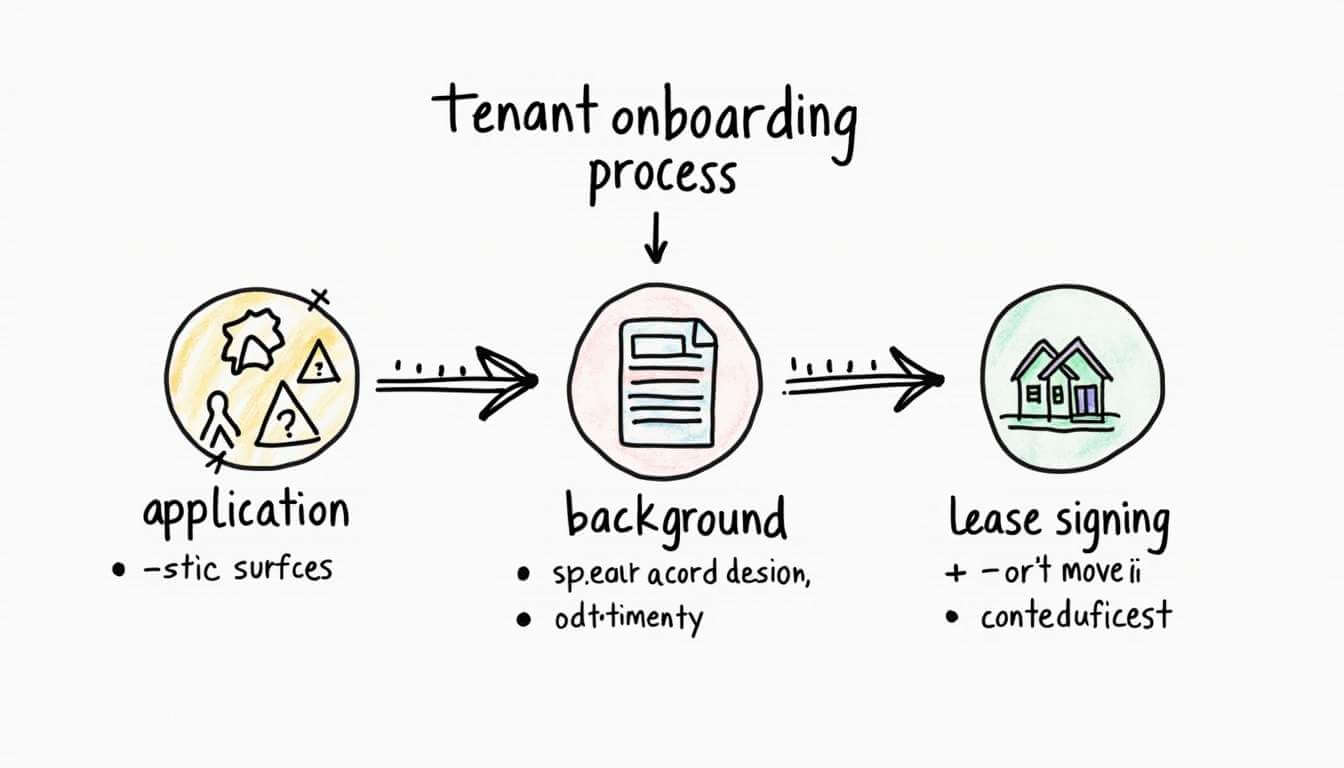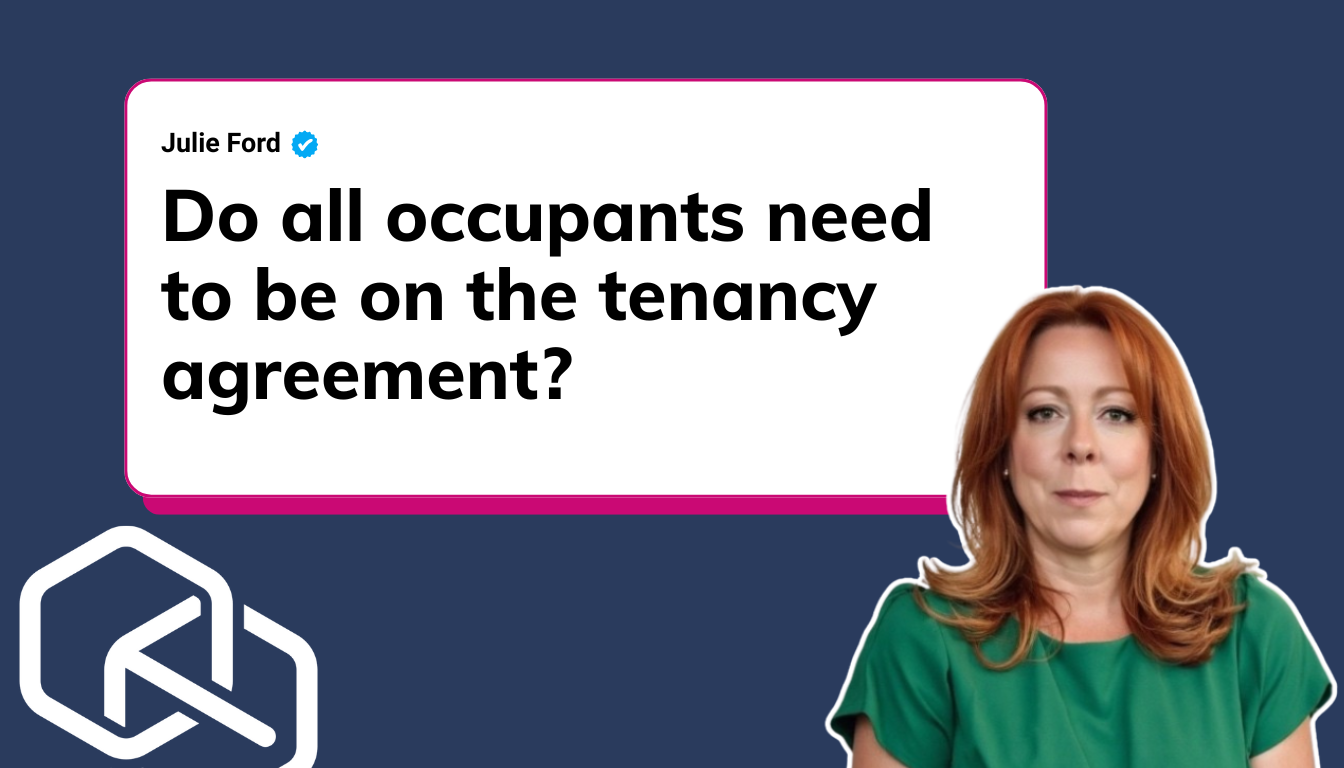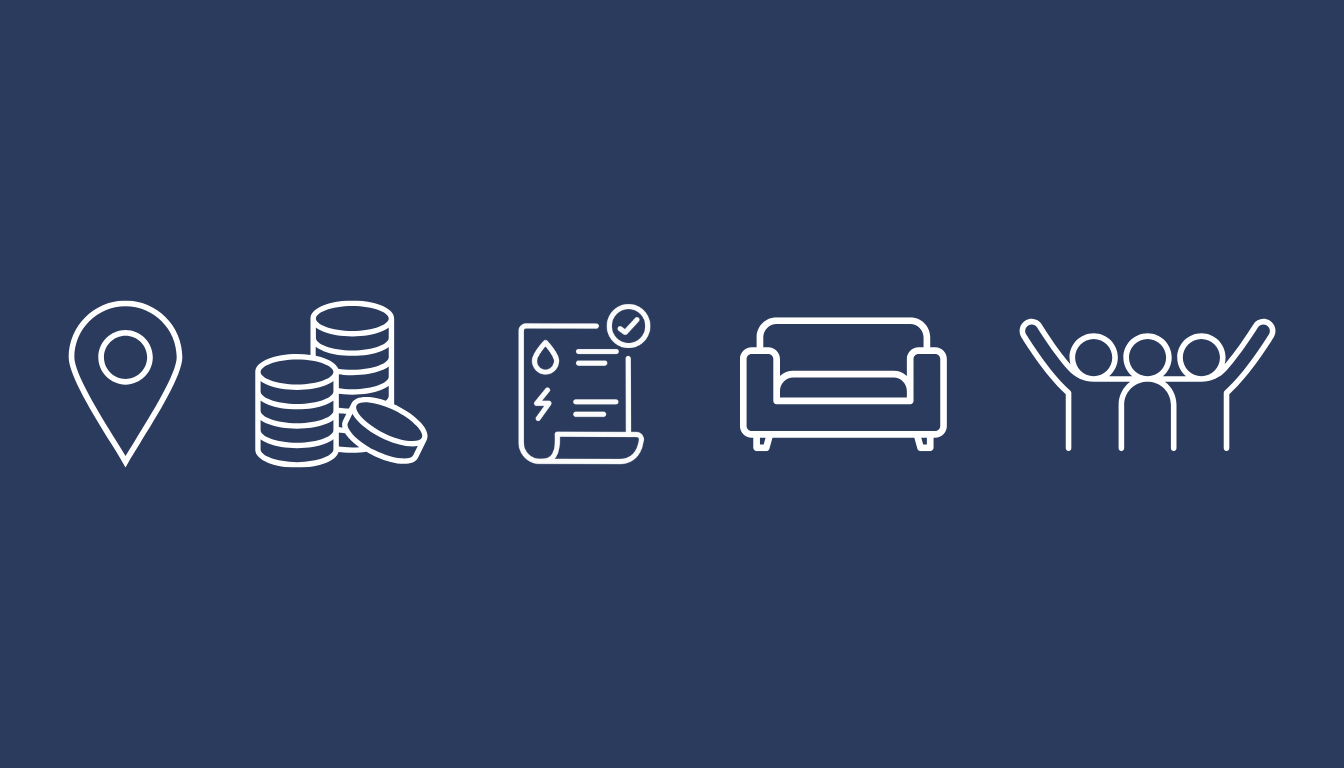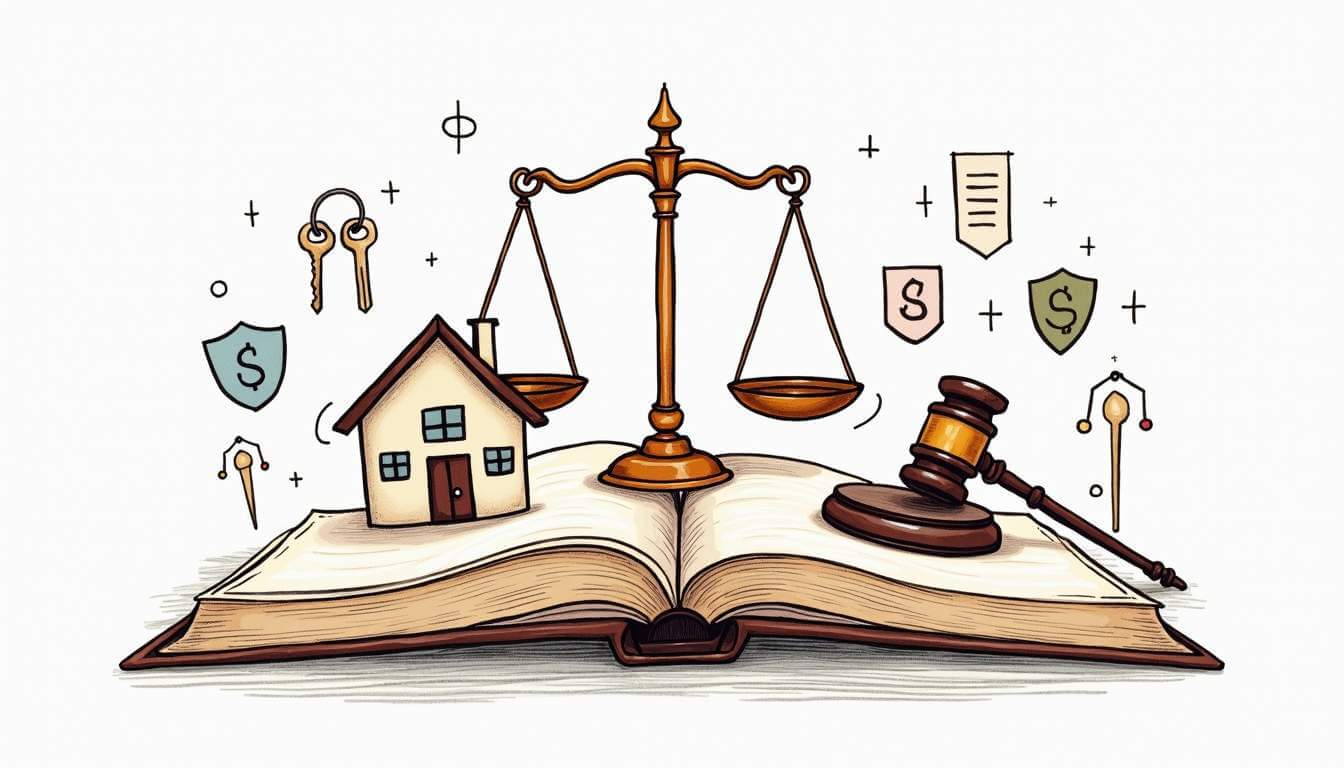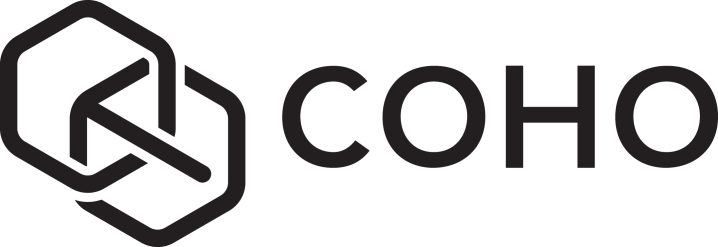Streamlining tenant onboarding is crucial for landlords and property managers who want to create a smooth and positive experience for new tenants. A well-structured onboarding process not only enhances tenant satisfaction but also minimizes potential issues in the future. In this article, we will explore the various aspects of tenant onboarding, including its importance, key components, and how technology can facilitate the process.
Understanding Tenant Onboarding
Tenant onboarding is the process of integrating new tenants into a rental property successfully. This includes everything from the initial application process to the move-in day. The key goal is to ensure that tenants feel welcomed, informed, and prepared for their new home. Tools like COHO can help you automate the complete process so that you can focus on growing your business.
Every landlord should understand that a systematic approach to onboarding can lead to better tenant retention, fewer misunderstandings, and a stronger landlord-tenant relationship. Furthermore, efficient onboarding can save time and resources for property managers and landlords alike.
The Importance of Efficient Tenant Onboarding
An efficient tenant onboarding process lays the groundwork for a positive living experience. First impressions matter, and how landlords handle the transition into a rental property can greatly influence a tenant’s perception. A seamless process can lead to higher tenant satisfaction, which in turn encourages lease renewals and reduces vacancy rates.
Moreover, a well-organized onboarding can help prevent legal issues down the line. When tenants are properly informed about their rights, responsibilities, and the property itself, misunderstandings that can lead to disputes are less likely to occur. This ultimately protects both the landlord’s investment and the tenant’s rights.
Key Components of Tenant Onboarding
There are several key components that make up a comprehensive tenant onboarding experience. First is the application process, which should be clear and straightforward. This includes the selection criteria, necessary documentation, and how to submit applications.
Next is the lease agreement, which serves as the legal framework for the landlord-tenant relationship. It should outline expectations, responsibilities, and provisions clearly. Additionally, moving in should be accompanied by a walkthrough of the property and an explanation of any relevant rules.
Lastly, follow-up communication after the move-in is essential to ensure that tenants feel supported and valued. This can include check-ins about their living experience and addressing any early issues that may arise. Providing tenants with a welcome packet that includes information about local amenities, emergency contacts, and maintenance procedures can also enhance their onboarding experience. Such thoughtful touches not only demonstrate the landlord’s commitment to tenant satisfaction but also help new residents acclimate to their surroundings more quickly.
Furthermore, incorporating technology into the onboarding process can streamline communication and improve efficiency. Utilizing property management software can automate reminders for rent payments, maintenance requests, and lease renewals, making it easier for tenants to stay informed and engaged. Additionally, virtual tours and online resources can provide tenants with a comprehensive understanding of their new home even before they step foot inside, creating excitement and anticipation for their move-in day.
Setting Clear Expectations from the Start
Setting clear expectations is paramount in creating a positive tenant experience. When both parties understand their roles and responsibilities from the outset, it minimizes the chances of misunderstandings and disputes. This clarity not only helps in establishing a professional relationship but also empowers tenants to feel secure in their living arrangements, knowing exactly what is expected of them and what they can expect in return.
Communicating effectively can foster trust and respect between landlords and tenants. This sets a positive tone and establishes a foundation for a healthy relationship throughout the lease term. Regular check-ins and open lines of communication can further enhance this relationship, allowing for dialogue about any concerns or changes that may arise during the tenancy. Encouraging tenants to voice their thoughts can lead to a more harmonious living environment and can even provide landlords with valuable feedback for future improvements.
The Role of the Lease Agreement
The lease agreement is a fundamental document in the tenant onboarding process. It is the official contract that outlines the terms of the rental arrangement, including rent, security deposits, maintenance responsibilities, and pet policies. A well-crafted lease serves not only as a legal safeguard but also as a guide for tenants, detailing their rights and responsibilities in a clear and concise manner.
Taking the time to explain the lease agreement thoroughly can help tenants understand their obligations. This reduces confusion and allows them to sign with confidence. Digital lease signing platforms can make this process even smoother, letting tenants sign contracts electronically and easily retrieve copies later. Additionally, providing a summary of key lease points can be beneficial, especially for first-time renters who may be unfamiliar with legal jargon. This approach ensures that tenants are not just signing a document but are also fully informed about their living situation.
Communicating House Rules and Policies
In addition to the lease agreement, it’s important to communicate the house rules and policies clearly. This can include guidelines on common areas, trash disposal, noise levels, and parking rules. Establishing these rules helps to create a respectful living environment where everyone’s needs are considered and met. It also encourages tenants to take ownership of their shared spaces, fostering a sense of community and cooperation among neighbors.
Providing this information upfront helps set expectations for tenant behavior and fosters a sense of community within the property. Consider creating a welcome packet that includes all rules and policies for easy reference. This packet can also feature local amenities, emergency contact information, and tips for maintaining the property, which can enhance the tenant’s overall experience. Furthermore, hosting an orientation meeting for new tenants can be an effective way to go over these rules in person, allowing for questions and discussions that can further clarify any uncertainties. By taking these proactive steps, landlords can cultivate a positive atmosphere that benefits everyone involved.
Utilizing Technology for Tenant Onboarding
In today’s digital age, utilizing technology can drastically streamline the tenant onboarding process. There are numerous tools and platforms like COHO, that can facilitate everything from applications to communication.
By embracing technology, property managers and landlords can save time, reduce paperwork, and make the experience more convenient for tenants. Here are some useful technological advances to consider.
Online Rental Applications
Online rental applications are becoming the norm with tools like COHO gaining significance and making life of property managers and tenants a lot easier. They allow prospective tenants to apply from the comfort of their own homes, reducing barriers to entry. This ease of access can significantly increase the number of applications received.
Moreover, online forms can be set up to automatically collect necessary documents and information. This streamlines the process for both the landlord and the tenant, leading to quicker approvals.
Digital Lease Signing
Digital lease signing with COHO is another great tool that enhances efficiency. It eliminates the need for in-person meetings to sign documents, which is especially useful for long-distance or busy tenants.
With secure digital signature platforms, signing and storing documents becomes simpler. Tenants can also review the lease terms at their own pace, leading to better understanding and fewer disputes down the line.
The Move-In Process
The move-in process is a critical phase in tenant onboarding. It’s the moment when all the preparations come together, and it should be organized and welcoming for the new tenants.
Proper planning for this stage can make a significant difference in how tenants perceive their new home. A smooth move-in experience not only enhances tenant satisfaction but also sets a positive tone for the relationship ahead.
Scheduling and Conducting Property Walkthroughs
Scheduling a property walkthrough is essential before tenants officially move in. This should be an opportunity to familiarize tenants with the property, highlight key features, and discuss maintenance responsibilities.
During the walkthrough, it’s also important to document any existing damages. This protects both the landlord and the tenant. Make sure to take photos and have both parties sign off on the condition of the property before moving in.
Handling Key Handovers
The final step on move-in day is the key handover. This simple act symbolizes the transition of ownership, and it’s an opportunity to reinforce your availability as a landlord.
Consider using this moment to provide a warm welcome and answer any last-minute questions the tenants may have about the property. This small touch can leave a lasting positive impression.
Building a Strong Landlord-Tenant Relationship
Once onboarding is complete, the focus should shift toward fostering a strong landlord-tenant relationship. A positive relationship can lead to smoother communication and long-term satisfaction on both sides.
Effective communication is a cornerstone of any solid relationship. Being proactive and approachable can help alleviate concerns before they escalate into larger issues.
Effective Communication Strategies
Effective communication strategies can vary, but the key component is to be transparent. Regular check-ins can help gauge tenant satisfaction and allow for feedback.
Additionally, using multiple modes of communication—such as email, phone calls, or even text messages—can accommodate tenants’ preferences and ensure they feel supported.
Addressing Tenant Concerns Promptly
Timely responses to tenant concerns also play a significant role in maintaining a good landlord-tenant relationship. When tenants feel their issues are addressed promptly, it builds trust and reinforces their decision to choose your property.
By being proactive in addressing concerns or maintenance requests, landlords can demonstrate a commitment to tenant well-being. This strategy fosters loyalty, ultimately leading to happier tenants and longer lease terms.
In conclusion, streamlining the tenant onboarding process involves a variety of essential steps. By understanding its components, utilizing technology, and building strong relationships, landlords can create a seamless and welcoming experience for new tenants.
Experience Streamlined Tenant Onboarding with COHO
Ready to take your tenant onboarding to the next level? COHO’s property management software is designed to transform the way you manage your HMOs, single-lets, student HMOs, and rental portfolios. With our intuitive platform, you can bring together all aspects of property management into one efficient workflow, ensuring a smoother experience for you and your tenants. Try COHO for Free today and discover the difference it can make in streamlining your tenant onboarding process.
Streamlining tenant onboarding is crucial for landlords and property managers who want to create a smooth and positive experience for new tenants. A well-structured onboarding process not only enhances tenant satisfaction but also minimizes potential issues in the future. In this article, we will explore the various aspects of tenant onboarding, including its importance, key components, and how technology can facilitate the process.
Understanding Tenant Onboarding
Tenant onboarding is the process of integrating new tenants into a rental property successfully. This includes everything from the initial application process to the move-in day. The key goal is to ensure that tenants feel welcomed, informed, and prepared for their new home. Tools like COHO can help you automate the complete process so that you can focus on growing your business.
Every landlord should understand that a systematic approach to onboarding can lead to better tenant retention, fewer misunderstandings, and a stronger landlord-tenant relationship. Furthermore, efficient onboarding can save time and resources for property managers and landlords alike.
The Importance of Efficient Tenant Onboarding
An efficient tenant onboarding process lays the groundwork for a positive living experience. First impressions matter, and how landlords handle the transition into a rental property can greatly influence a tenant’s perception. A seamless process can lead to higher tenant satisfaction, which in turn encourages lease renewals and reduces vacancy rates.
Moreover, a well-organized onboarding can help prevent legal issues down the line. When tenants are properly informed about their rights, responsibilities, and the property itself, misunderstandings that can lead to disputes are less likely to occur. This ultimately protects both the landlord’s investment and the tenant’s rights.
Key Components of Tenant Onboarding
There are several key components that make up a comprehensive tenant onboarding experience. First is the application process, which should be clear and straightforward. This includes the selection criteria, necessary documentation, and how to submit applications.
Next is the lease agreement, which serves as the legal framework for the landlord-tenant relationship. It should outline expectations, responsibilities, and provisions clearly. Additionally, moving in should be accompanied by a walkthrough of the property and an explanation of any relevant rules.
Lastly, follow-up communication after the move-in is essential to ensure that tenants feel supported and valued. This can include check-ins about their living experience and addressing any early issues that may arise. Providing tenants with a welcome packet that includes information about local amenities, emergency contacts, and maintenance procedures can also enhance their onboarding experience. Such thoughtful touches not only demonstrate the landlord’s commitment to tenant satisfaction but also help new residents acclimate to their surroundings more quickly.
Furthermore, incorporating technology into the onboarding process can streamline communication and improve efficiency. Utilizing property management software can automate reminders for rent payments, maintenance requests, and lease renewals, making it easier for tenants to stay informed and engaged. Additionally, virtual tours and online resources can provide tenants with a comprehensive understanding of their new home even before they step foot inside, creating excitement and anticipation for their move-in day.
Setting Clear Expectations from the Start
Setting clear expectations is paramount in creating a positive tenant experience. When both parties understand their roles and responsibilities from the outset, it minimizes the chances of misunderstandings and disputes. This clarity not only helps in establishing a professional relationship but also empowers tenants to feel secure in their living arrangements, knowing exactly what is expected of them and what they can expect in return.
Communicating effectively can foster trust and respect between landlords and tenants. This sets a positive tone and establishes a foundation for a healthy relationship throughout the lease term. Regular check-ins and open lines of communication can further enhance this relationship, allowing for dialogue about any concerns or changes that may arise during the tenancy. Encouraging tenants to voice their thoughts can lead to a more harmonious living environment and can even provide landlords with valuable feedback for future improvements.
The Role of the Lease Agreement
The lease agreement is a fundamental document in the tenant onboarding process. It is the official contract that outlines the terms of the rental arrangement, including rent, security deposits, maintenance responsibilities, and pet policies. A well-crafted lease serves not only as a legal safeguard but also as a guide for tenants, detailing their rights and responsibilities in a clear and concise manner.
Taking the time to explain the lease agreement thoroughly can help tenants understand their obligations. This reduces confusion and allows them to sign with confidence. Digital lease signing platforms can make this process even smoother, letting tenants sign contracts electronically and easily retrieve copies later. Additionally, providing a summary of key lease points can be beneficial, especially for first-time renters who may be unfamiliar with legal jargon. This approach ensures that tenants are not just signing a document but are also fully informed about their living situation.
Communicating House Rules and Policies
In addition to the lease agreement, it’s important to communicate the house rules and policies clearly. This can include guidelines on common areas, trash disposal, noise levels, and parking rules. Establishing these rules helps to create a respectful living environment where everyone’s needs are considered and met. It also encourages tenants to take ownership of their shared spaces, fostering a sense of community and cooperation among neighbors.
Providing this information upfront helps set expectations for tenant behavior and fosters a sense of community within the property. Consider creating a welcome packet that includes all rules and policies for easy reference. This packet can also feature local amenities, emergency contact information, and tips for maintaining the property, which can enhance the tenant’s overall experience. Furthermore, hosting an orientation meeting for new tenants can be an effective way to go over these rules in person, allowing for questions and discussions that can further clarify any uncertainties. By taking these proactive steps, landlords can cultivate a positive atmosphere that benefits everyone involved.
Utilizing Technology for Tenant Onboarding
In today’s digital age, utilizing technology can drastically streamline the tenant onboarding process. There are numerous tools and platforms like COHO, that can facilitate everything from applications to communication.
By embracing technology, property managers and landlords can save time, reduce paperwork, and make the experience more convenient for tenants. Here are some useful technological advances to consider.
Online Rental Applications
Online rental applications are becoming the norm with tools like COHO gaining significance and making life of property managers and tenants a lot easier. They allow prospective tenants to apply from the comfort of their own homes, reducing barriers to entry. This ease of access can significantly increase the number of applications received.
Moreover, online forms can be set up to automatically collect necessary documents and information. This streamlines the process for both the landlord and the tenant, leading to quicker approvals.
Digital Lease Signing
Digital lease signing with COHO is another great tool that enhances efficiency. It eliminates the need for in-person meetings to sign documents, which is especially useful for long-distance or busy tenants.
With secure digital signature platforms, signing and storing documents becomes simpler. Tenants can also review the lease terms at their own pace, leading to better understanding and fewer disputes down the line.
The Move-In Process
The move-in process is a critical phase in tenant onboarding. It’s the moment when all the preparations come together, and it should be organized and welcoming for the new tenants.
Proper planning for this stage can make a significant difference in how tenants perceive their new home. A smooth move-in experience not only enhances tenant satisfaction but also sets a positive tone for the relationship ahead.
Scheduling and Conducting Property Walkthroughs
Scheduling a property walkthrough is essential before tenants officially move in. This should be an opportunity to familiarize tenants with the property, highlight key features, and discuss maintenance responsibilities.
During the walkthrough, it’s also important to document any existing damages. This protects both the landlord and the tenant. Make sure to take photos and have both parties sign off on the condition of the property before moving in.
Handling Key Handovers
The final step on move-in day is the key handover. This simple act symbolizes the transition of ownership, and it’s an opportunity to reinforce your availability as a landlord.
Consider using this moment to provide a warm welcome and answer any last-minute questions the tenants may have about the property. This small touch can leave a lasting positive impression.
Building a Strong Landlord-Tenant Relationship
Once onboarding is complete, the focus should shift toward fostering a strong landlord-tenant relationship. A positive relationship can lead to smoother communication and long-term satisfaction on both sides.
Effective communication is a cornerstone of any solid relationship. Being proactive and approachable can help alleviate concerns before they escalate into larger issues.
Effective Communication Strategies
Effective communication strategies can vary, but the key component is to be transparent. Regular check-ins can help gauge tenant satisfaction and allow for feedback.
Additionally, using multiple modes of communication—such as email, phone calls, or even text messages—can accommodate tenants’ preferences and ensure they feel supported.
Addressing Tenant Concerns Promptly
Timely responses to tenant concerns also play a significant role in maintaining a good landlord-tenant relationship. When tenants feel their issues are addressed promptly, it builds trust and reinforces their decision to choose your property.
By being proactive in addressing concerns or maintenance requests, landlords can demonstrate a commitment to tenant well-being. This strategy fosters loyalty, ultimately leading to happier tenants and longer lease terms.
In conclusion, streamlining the tenant onboarding process involves a variety of essential steps. By understanding its components, utilizing technology, and building strong relationships, landlords can create a seamless and welcoming experience for new tenants.
Experience Streamlined Tenant Onboarding with COHO
Ready to take your tenant onboarding to the next level? COHO’s property management software is designed to transform the way you manage your HMOs, single-lets, student HMOs, and rental portfolios. With our intuitive platform, you can bring together all aspects of property management into one efficient workflow, ensuring a smoother experience for you and your tenants. Try COHO for Free today and discover the difference it can make in streamlining your tenant onboarding process.

